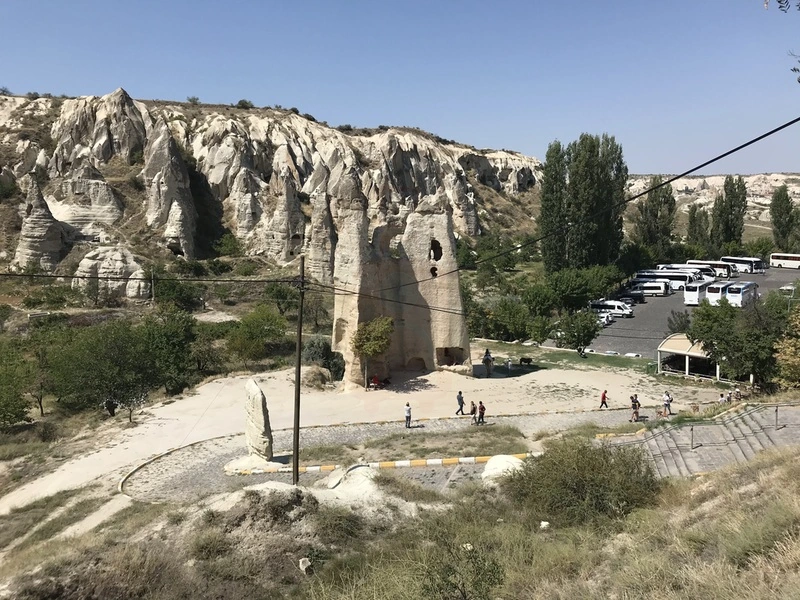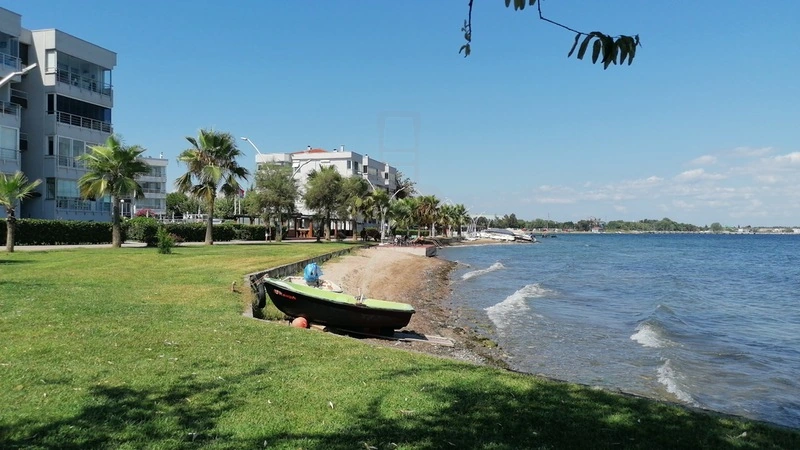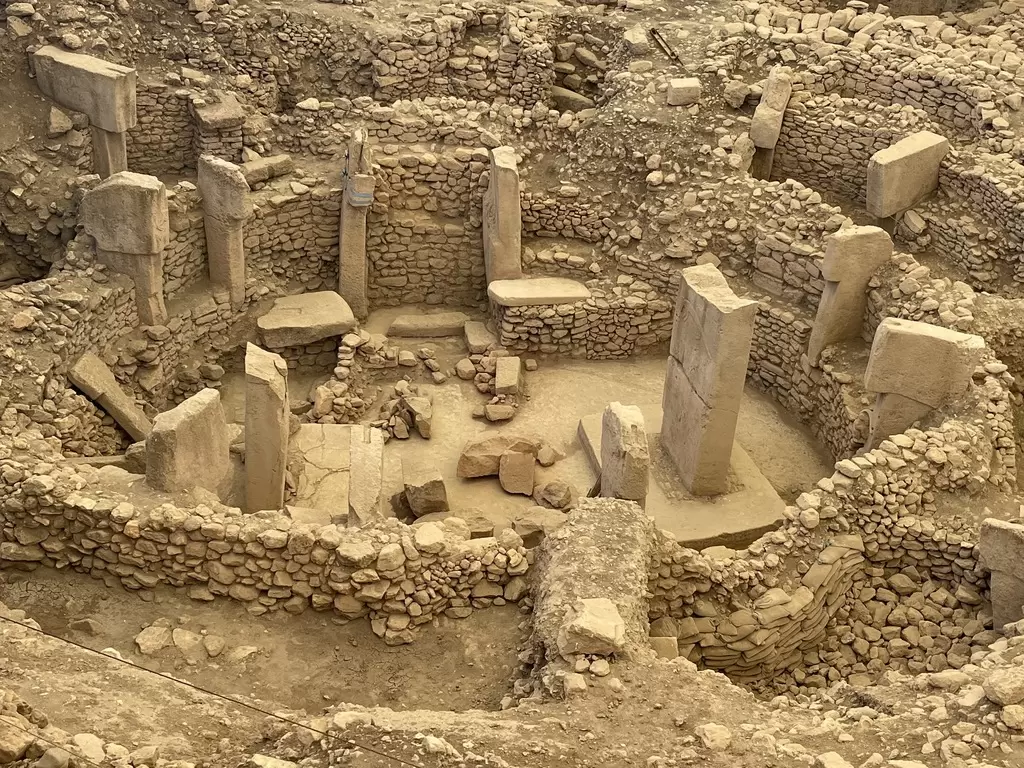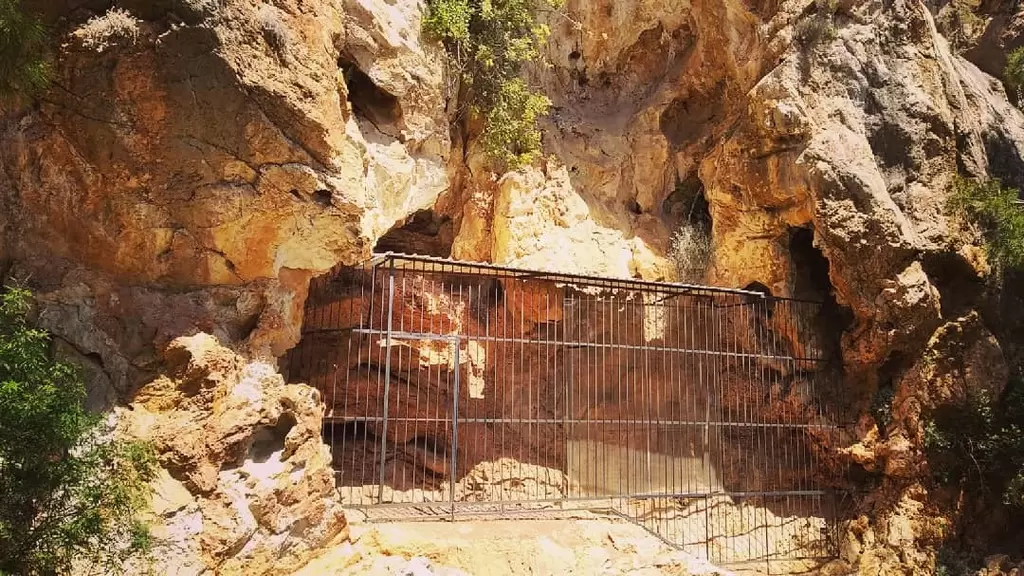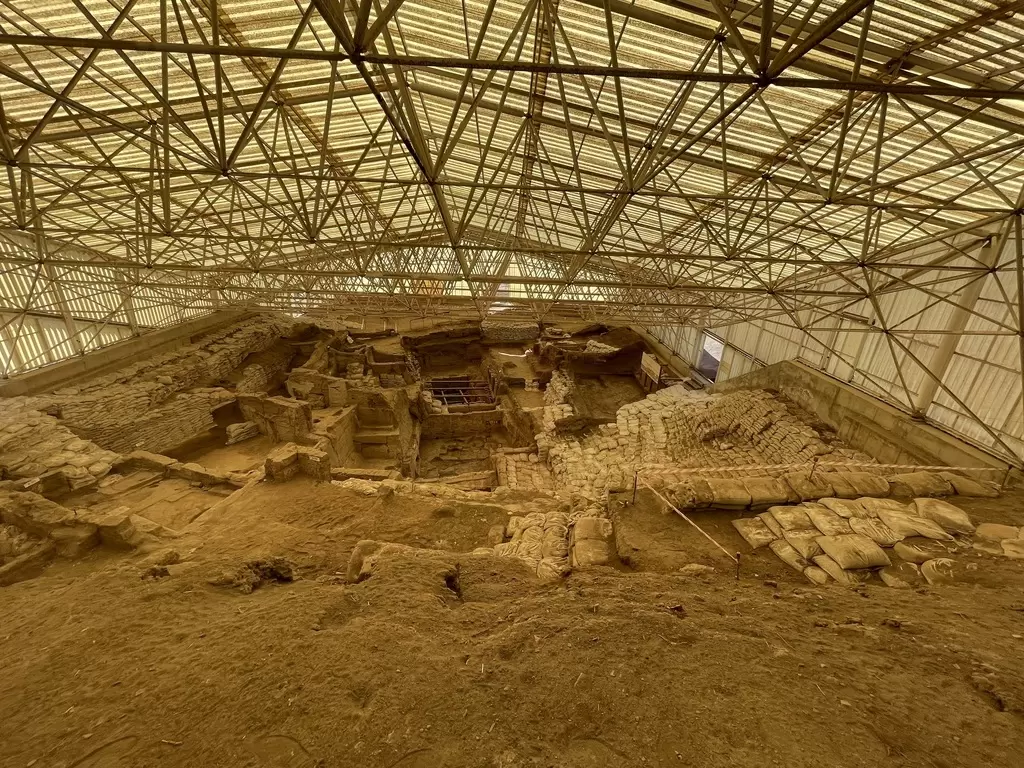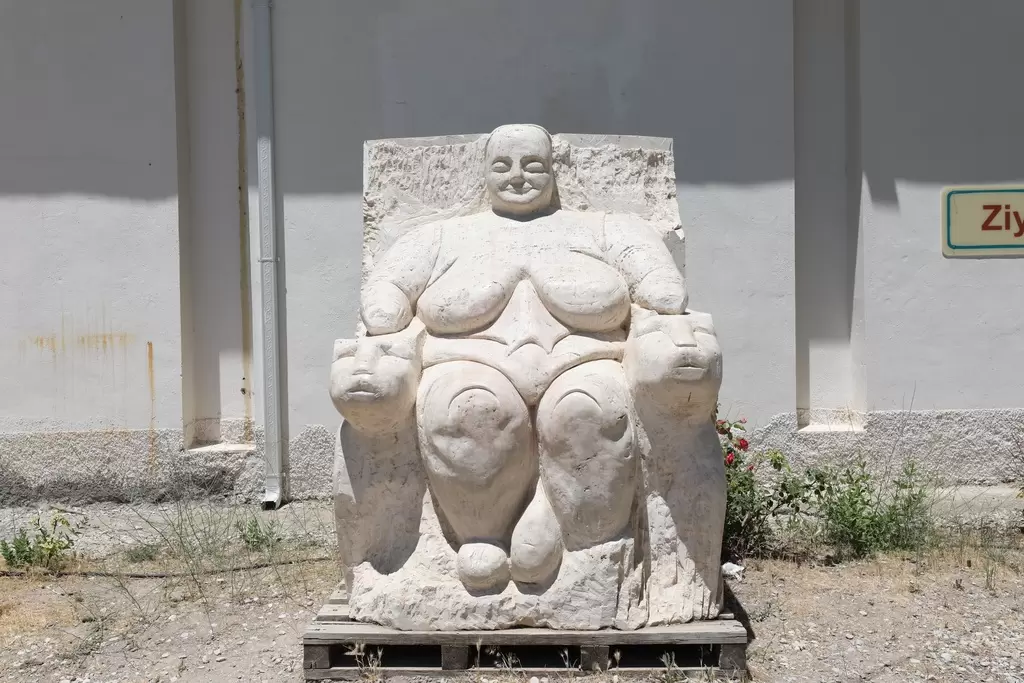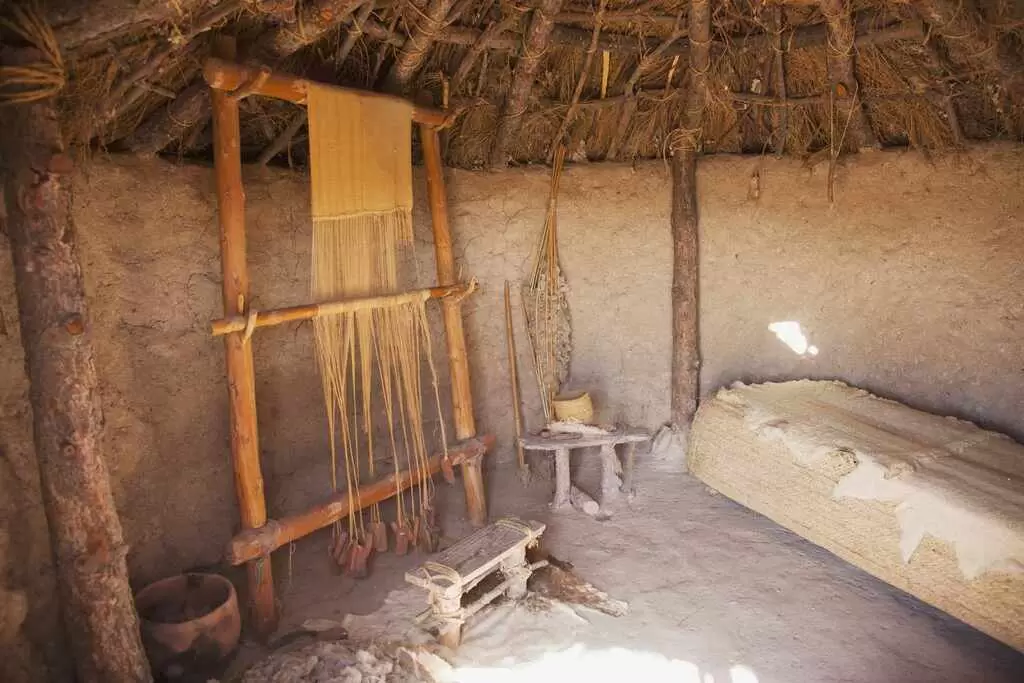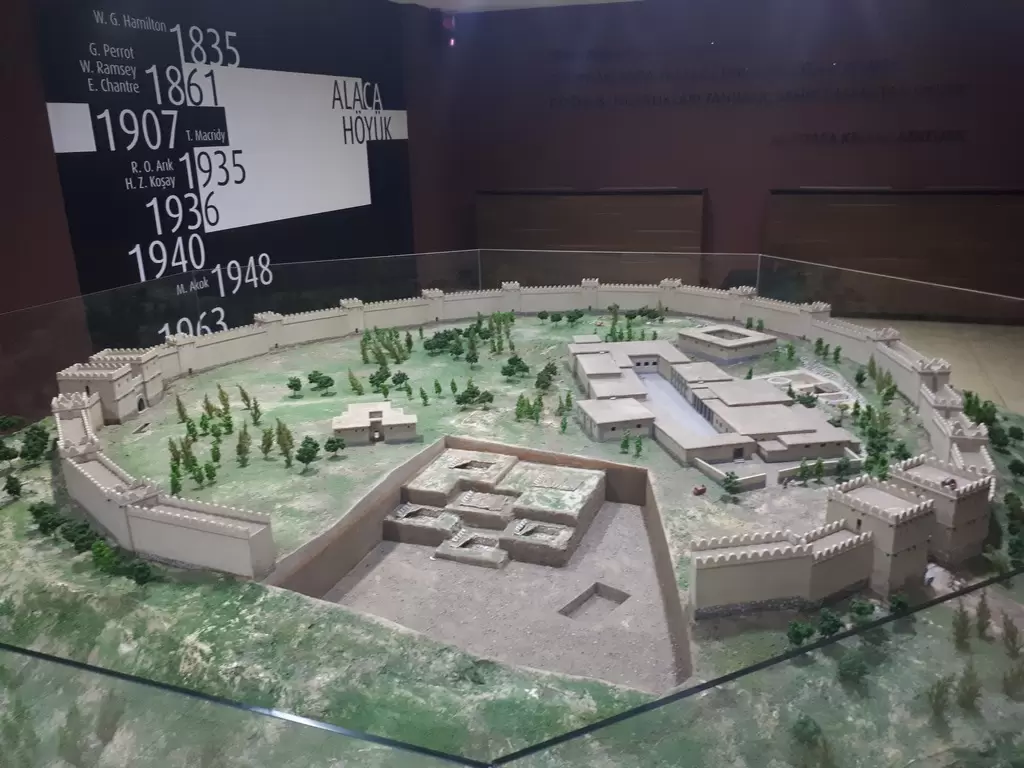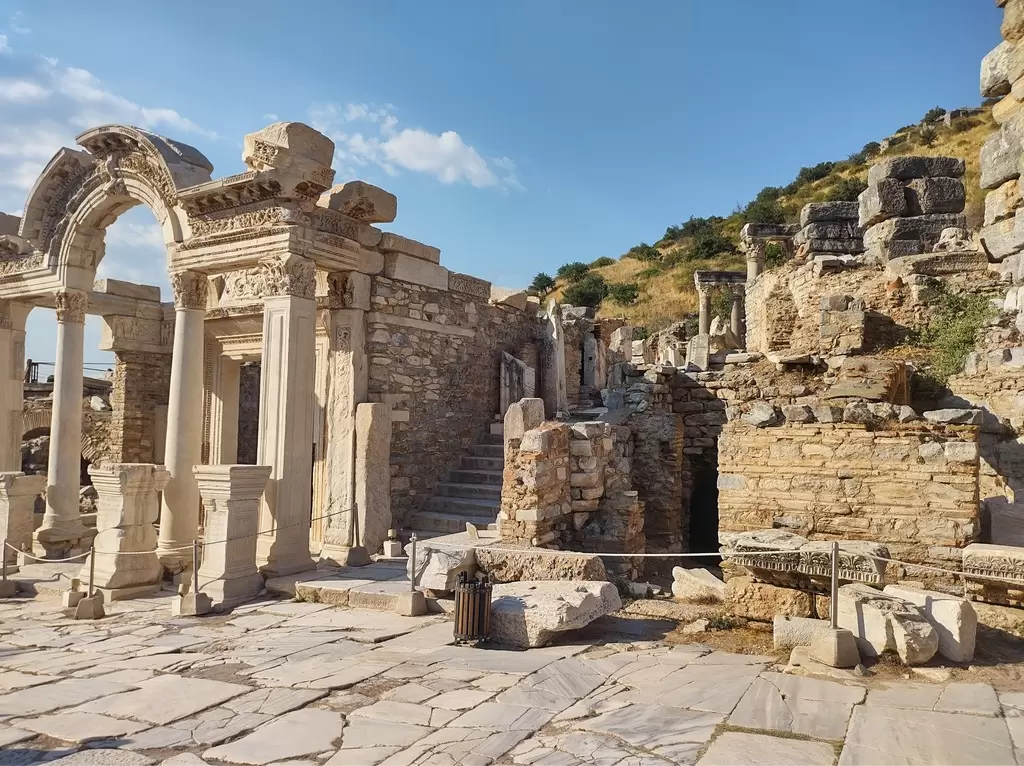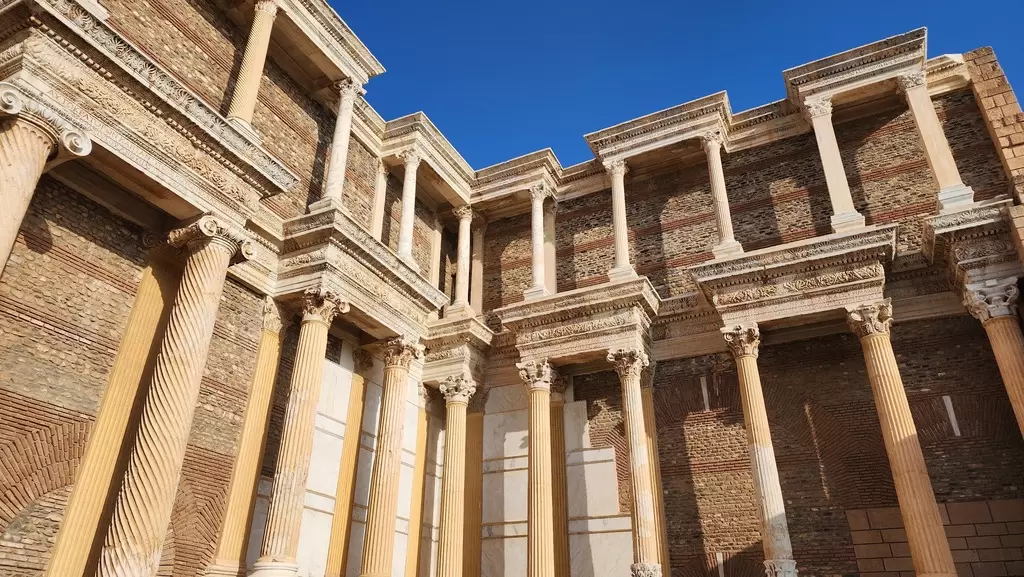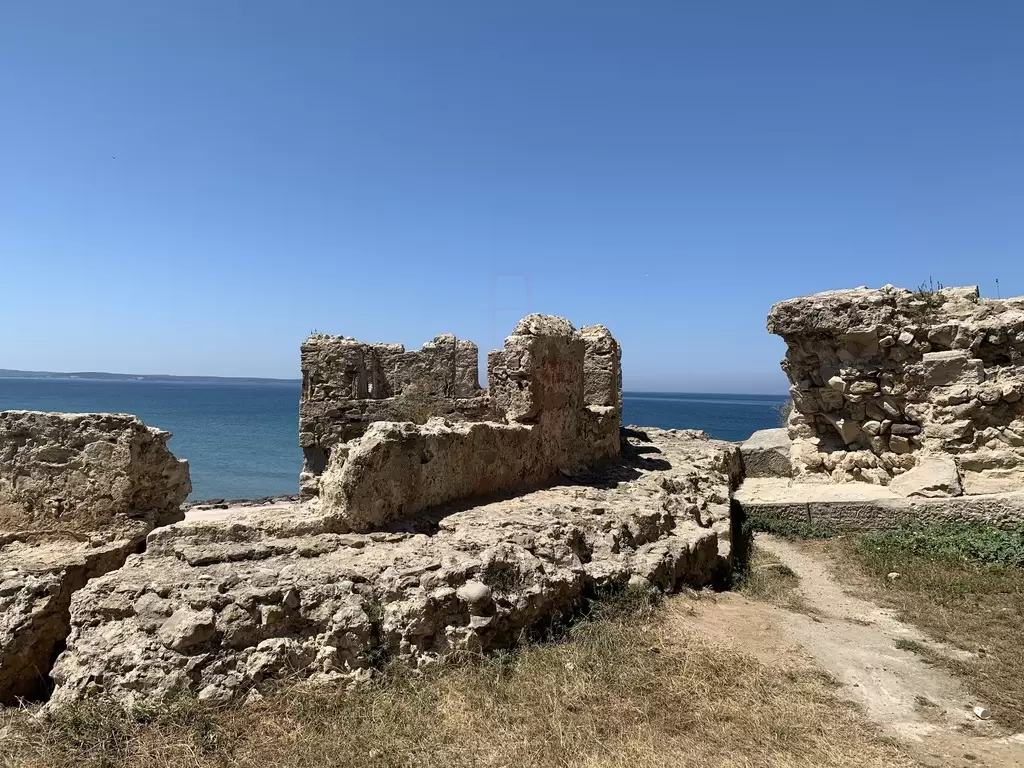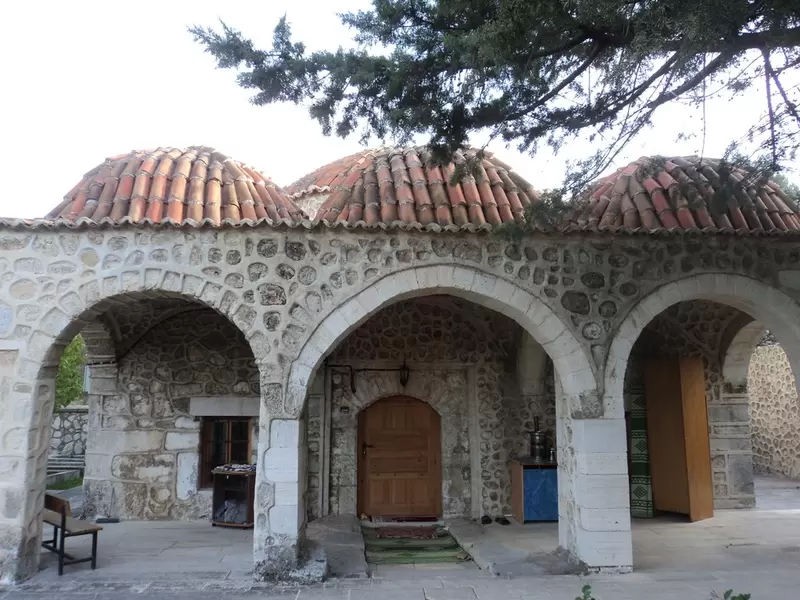
Menteşeoğulları était un beylik important du sud-ouest de l'Anatolie, émergeant à la fin du XIIIe siècle à la suite de la fragmentation du pouvoir suite au déclin du sultanat seldjoukide de Rum. La capitale du beylik était Muğla, stratégiquement positionnée pour contrôler les routes commerciales reliant la mer Égée et l'intérieur de l'Anatolie. Cet emplacement avantageux a permis à Menteşeoğulları de prospérer économiquement grâce au commerce, à l'agriculture et aux activités maritimes.
Le beylik de Menteşeoğulları était connu pour sa forte présence navale, qui facilitait le commerce et leur permettait d'exercer une influence sur les territoires côtiers. La flotte du Beylik a joué un rôle crucial dans la sécurisation des routes commerciales, en renforçant sa puissance économique et en contribuant à la prospérité de la région. Les Menteşeoğulları se livraient également à la piraterie, courante parmi les beyliks de l'époque, renforçant encore leur réputation maritime.
Culturellement, Menteşeoğulları était un centre dynamique d'art et d'architecture. Le beylik est réputé pour sa contribution au paysage architectural du sud-ouest de l'Anatolie, avec de nombreuses mosquées, caravansérails et bâtiments publics présentant un mélange de styles turc et byzantin. Les structures notables incluent la mosquée Ulu à Muğla et la mosquée et le complexe de la ville côtière de Bodrum. Ces bâtiments reflètent les innovations artistiques et architecturales de l'époque, caractérisées par des carrelages complexes et des designs élégants.
Les Menteşeoğulları ont également joué un rôle important dans la promotion de la littérature et des arts. Le beylik attirait des poètes, des érudits et des artisans, favorisant un environnement culturel riche qui encourageait la créativité et les échanges intellectuels. Cet épanouissement culturel a contribué à une identité unique qui distinguait Menteşeoğulları des beyliks voisins.
À la fin du XVe siècle, alors que l'Empire ottoman s'étendait, Menteşeoğulları faisait face à une pression croissante de la part de la puissance montante. Le beylik fut finalement absorbé par le royaume ottoman en 1425, marquant la fin de son indépendance politique. Malgré cette incorporation, l'héritage de Menteşeoğulları perdure dans le patrimoine architectural et les traditions culturelles de la région.
Aujourd'hui, les visiteurs du sud-ouest de l'Anatolie peuvent explorer les sites historiques et les vestiges architecturaux associés à Menteşeoğulları, découvrant la riche tapisserie culturelle qui a façonné le zone. Les contributions du beylik au commerce, à l'architecture et aux arts restent une partie importante du récit historique de l'Anatolie, reflétant une période dynamique de l'histoire de la région.






